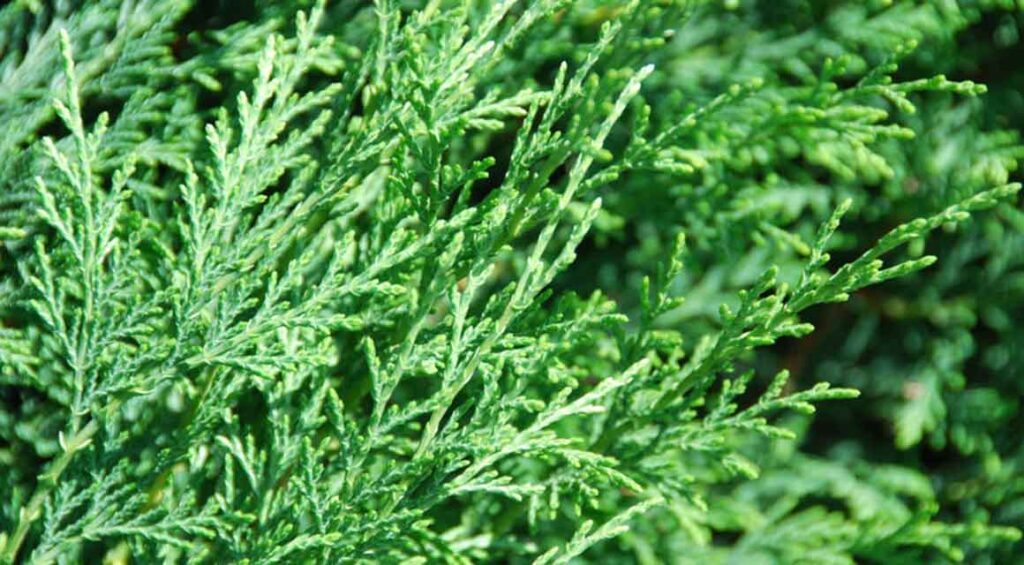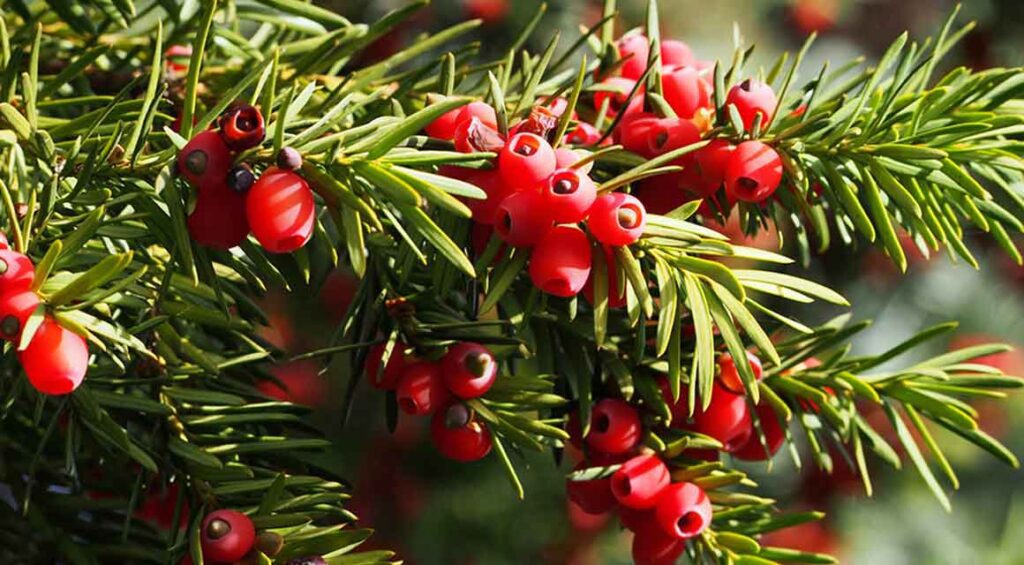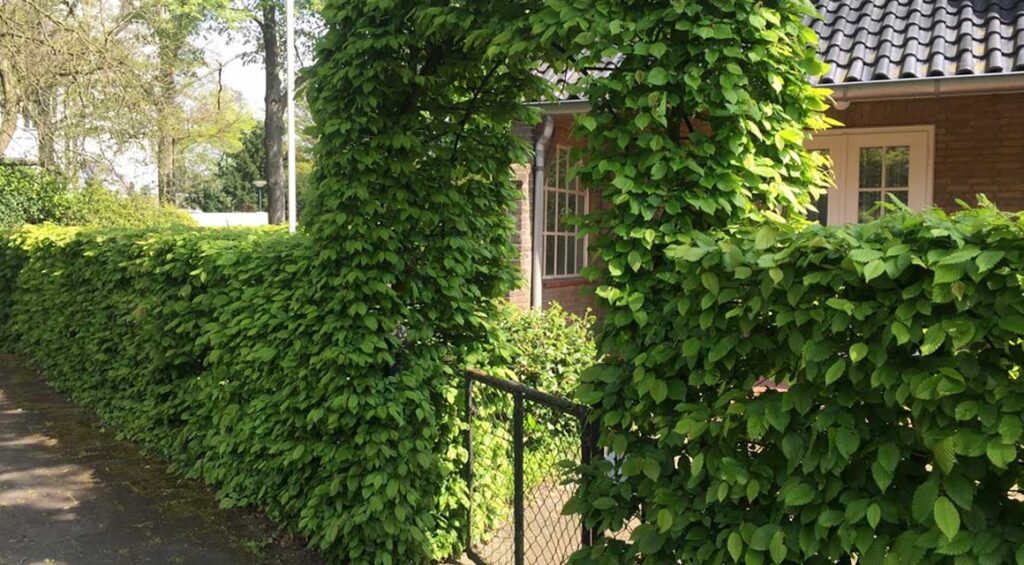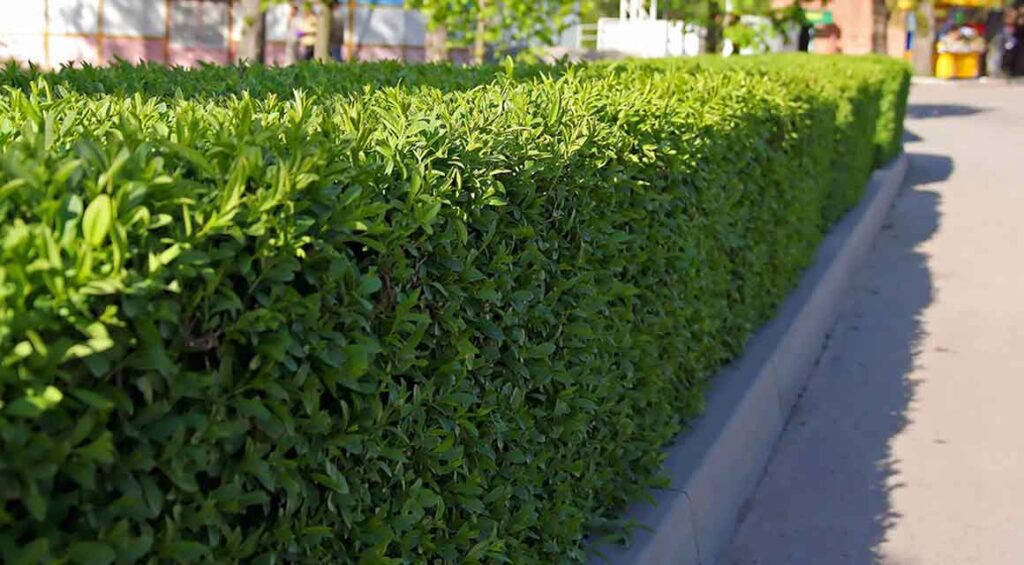The best time to plant a hedge is autumn. The moist, slightly cooler weather and soil temperatures, which are still relatively high, have a particularly positive effect on the development of the roots. However, a good preparation is recommended and this preparation starts, of course, to select suitable hedge plants, but what hedge plants you can plant in the fall?.. Here we have collected some of these hedge plants for you.

Contents
Evergreen or deciduous?
An evergreen hedge plant can provide wonderful, green structure in the garden all year round. Evergreen hedge plants have a classic, robust look. You can think of the slender-growing ivy here, the sturdy cherry laurel, a decorative rhododendron or a Japanese holly. Deciduous hedging plants provide variety in the garden from season to season: the leaves take on wonderful autumn colors in the fall, they also usually bloom quite beautifully, and in the spring fresh green shoots quickly reappear. Hydrangeas can be planted quite wonderfully in the fall or also the field maple or the tree of life, to name just a few examples.

Fast growing or rather slow growing?
It is of course tempting to immediately think of fast-growing hedge plants when you want to create new hedges in the garden, because such hedges will then also reach a certain height relatively quickly and provide a lot of privacy in the garden. But fast-growing hedges should be trimmed regularly, and this takes time. So if you have less time to maintain your garden, then you can plant a Taxus hedge in your garden in the fall, for example.

Single plants, tight or mixed hedges?
Many garden owners prefer tight hedges, so that the garden looks well maintained at all times. Informal hedges of hawthorn, yellow dogwood or bamboo plants, can also look quite decorative, but they need a little more space in the garden. This also applies to mixed hedges. But one thing these plants all have in common: they can be planted in the fall.

Hedge plants with bare roots, with a root ball or potted plant?
When exactly you plant a new hedge in your garden, then also depends on whether these hedge plants have bare roots or a root ball. Or are they potted plants? If you choose bare-root hedge plants, then the best time to plant them is autumn or winter, but planting is possible only on frost-free days. Bare root plants should be planted in the garden soil as soon as possible, because the defenseless roots are sensitive when it comes to drought or frost. A hedge plant with a root ball or even a hedge plant as a potted plant is less vulnerable, because the roots surrounded by soil get enough nutrients and protection, even during transportation. Therefore, you can plant them in the garden throughout the year. Of course, if you want everything to happen much faster, then you can immediately plant full-grown prefabricated hedges. Our offer is wide, because we have evergreen hedge plants, deciduous hedge plants, conifers or even bamboo varieties in our assortment.

